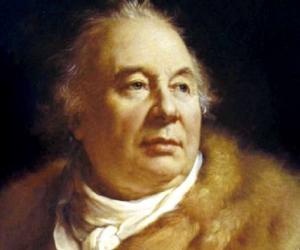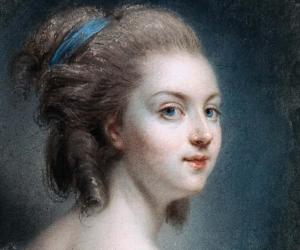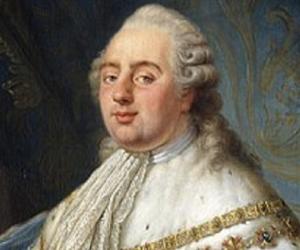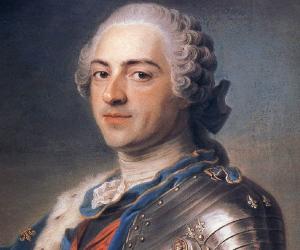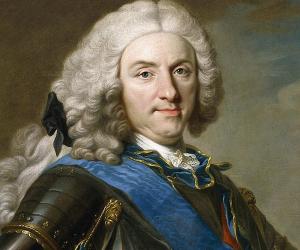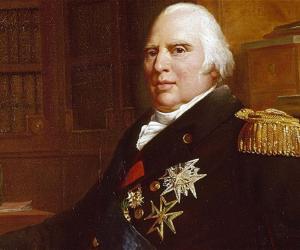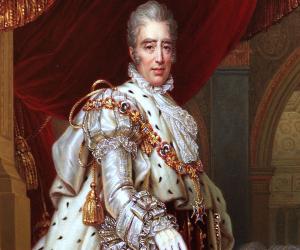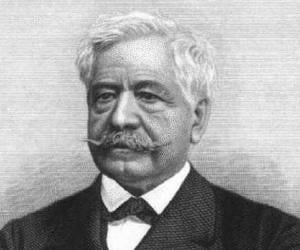Louis XVI of France reigned as the last king of France from 1774 to 1792 before the French Revolution, which ended the monarchy in France. During his reign, Louis made attempts to remove land and labor tax, abolish serfdom, and improve tolerance toward non-Catholics. However, the proposed reforms were opposed by the French nobility.

Michel Gondry is a French filmmaker best known for his distinctive manipulation of mise-en-scène and inventive visual style. He came into prominence in 2005, when he won the Oscar for Best Original Screenplay for his work in the 2004 movie Eternal Sunshine of the Spotless Mind. Michel Gondry is also renowned for his music video collaborations with popular artistes.
Philip V reigned as the king of Spain from November 1700 to January 1724, and again from September 1724 to 1746. Philip introduced the centralization of monarchy and imposed the Nueva Planta decrees. Philip's accession initiated the 13-year War of the Spanish Succession. His final years were marred by depression.
Louis XVIII of France was the king of France from 1814 to 1824, except for the duration of the “Hundred Days” in 1815. He was the son of Louis, Dauphin of France, and his wife Maria Josepha of Saxony. He ruled for slightly less than a decade. He was not popular as a king.
Dauphin Louis had one of the most unpopular reigns as the king of France. Following the fall of Bastille, he became the first royal family member to go into exile. Decisions such as the imposition of the death penalty and press censorship led to the July Revolution and his abdication.
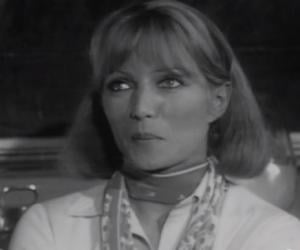
Stéphane Audran was a French actress who played important roles in critically acclaimed and award-winning films like The Big Red One, The Discreet Charm of the Bourgeoisie, and Violette Nozière. Stéphane Audran also appeared in many TV films over the course of her career, which spanned more than 60 years.

Phoenix lead vocalist Thomas Mars once spoke about how he had cut off everything that could distract him from making a potential career in music during college. He met Sofia Coppola while composing for one of her films, and the duo got married, leading to more collaborations.
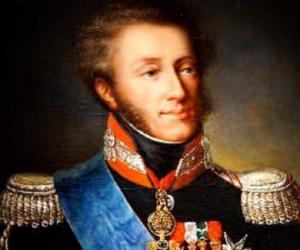
Ferdinand de Lesseps was a French diplomat who is credited with forming the Suez Canal Company. The construction of the Suez Canal, which joined the Red Sea and the Mediterranean Sea, inspired the 1938 romantic drama film Suez where Lesseps was played by Tyrone Power. Lesseps has been portrayed by other actors in films and TV mini-series as well.
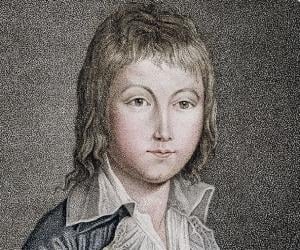

French philosopher Jean-François Lyotard initially wished to be a monk and even a painter. He started his career as a school teacher in Algeria and later various socialist groups. While he later taught French and philosophy at various institutes, he also became a leading figure of the postmodernist movement.

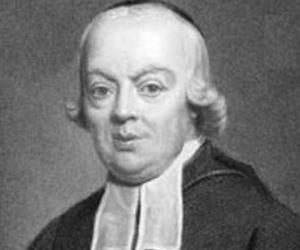
Eighteenth-century philanthropic educator Charles-Michel de l'Épée is regarded as the Father of the Deaf for pioneering the education of the deaf and dumb. He laid down the Signed French system, which enabled the deaf to participate in legal proceedings. His French Sign Language laid the path to the American Sign Language.

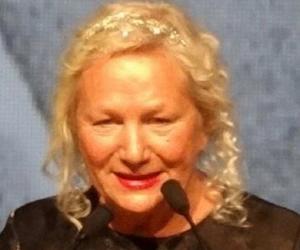
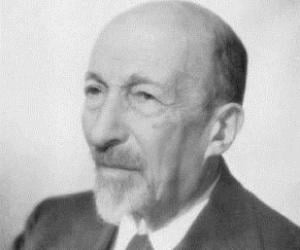
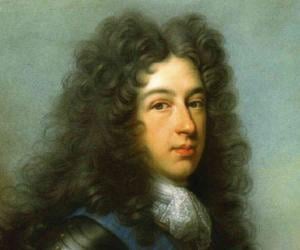
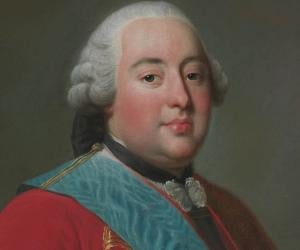
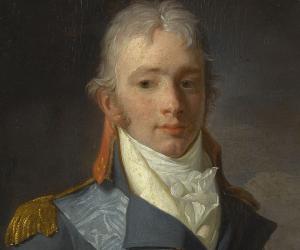
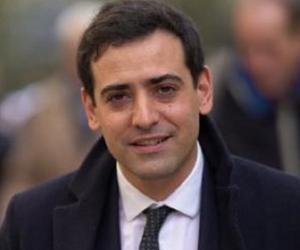
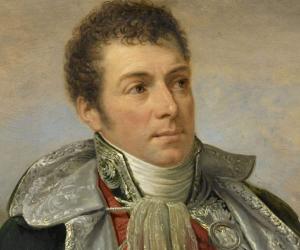


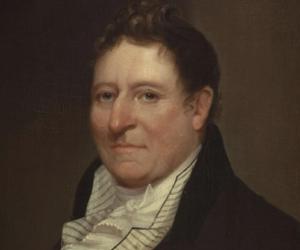
Edmond-Charles Genêt was a French diplomat sent to the United States of America during the French Revolution. His activities upon his arrival in USA led to the major political incident which came to be known as the Citizen Genêt Affair. He married the daughter of an American politician and became a gentleman farmer. He never returned to France.
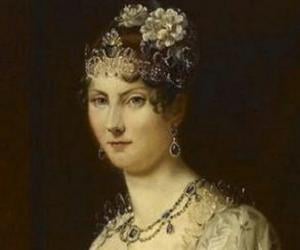

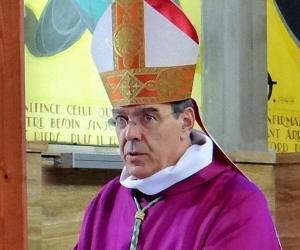
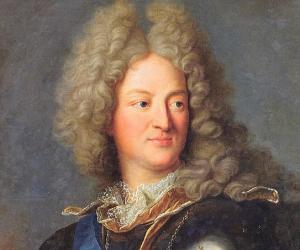

Florence Devouard is a French engineer who served as the chair of the board of trustees of the Wikimedia Foundation from 2006 to 2008. Since July 2008, Devouard has been serving on the advisory board of the Wikimedia Foundation. Devouard is also credited with co-founding Wikimedia France for which she received a knighthood in the French National Order of Merit.
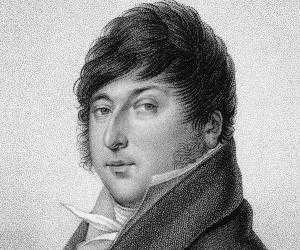
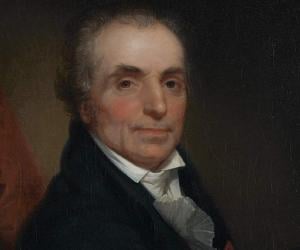
Jean-Antoine Houdon was a French sculptor best remembered for his statues and portrait busts of philosophers, political figures, and inventors. During the late 19th and early 20th centuries, his sculptures were used as a reference for imprinting portraits of prominent personalities on various U.S. postage stamps.
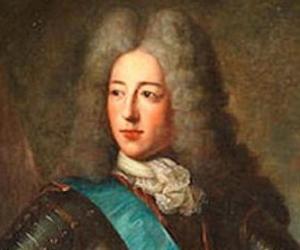
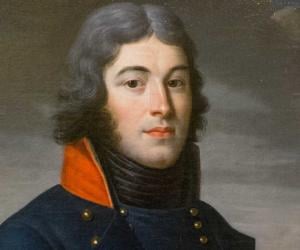

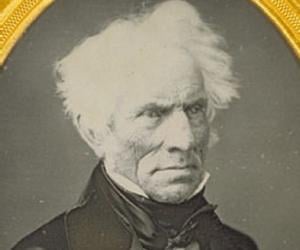
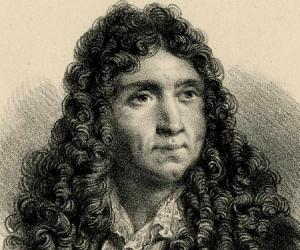
Pierre Beauchamp was a French dancer, choreographer, and composer. It is widely believed that he invented Beauchamp–Feuillet notation, a system of dance notation. He served as the director of the famous Académie Royale de Danse and later worked as a ballet master at the prestigious Paris Opera. Pierre Beauchamp played a key role in the development of baroque dance.
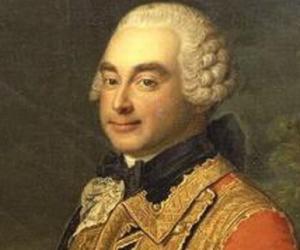
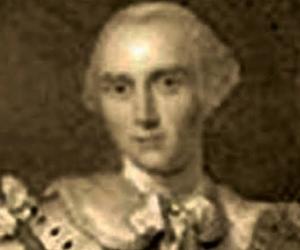
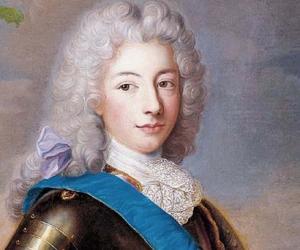
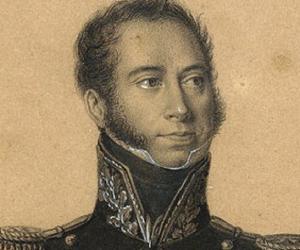
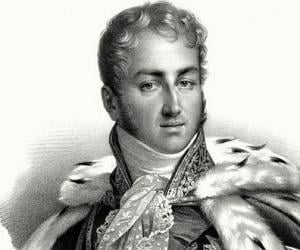
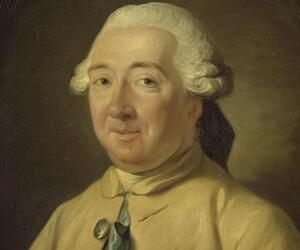
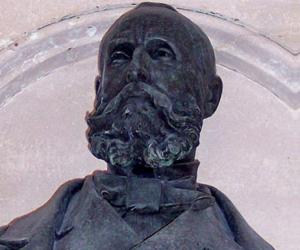
Hector Lefuel was a French architect best remembered for his outstanding work on the Louvre Palace, including the reconstruction of the Pavillon de Flore and Napoleon III's Louvre expansion. Hector Lefuel is also credited with designing funerary monuments of important and influential personalities like François Bazin and Daniel-François-Esprit Auber.
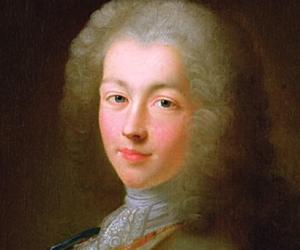
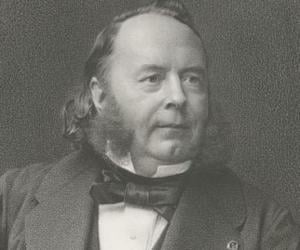
Edmond Frémy is best known for his discovery of the oxidizing agent Frémy's salt. Apart from serving as the director of the Museum of Natural History, Paris, he had also worked extensively on osmic acid and ozone. He also discovered hydrogen fluoride, created aluminium oxide crystals, and made artificial rubies.
